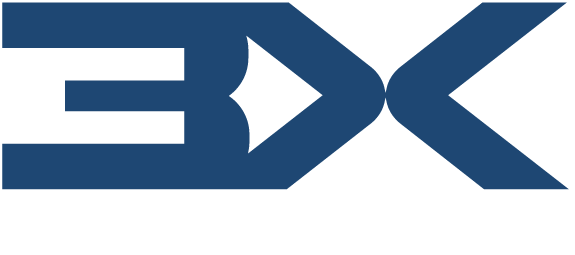Just because a system is legacy doesn’t mandate that it be replaced immediately. Your legacy system may represent a competitive advantage. If you’ve built a customised solution that’s highly tailored to your business switching to a generic packaged solution may actually decrease your competitive advantage.
You may be able to breathe new life into older applications. In some cases, your business can modernise an application’s internal design while retaining its functional equivalency. Application code refactoring allows an application to be modified so that it can interface more effectively with other systems based on modern technologies.
Make your Legacy systems look more modern
If your system does the job you want it for but you are being pressured to introduce something more modern then you can give your existing applications a new look.
There are Screen scrapping and web facing tools available to give your users a modern-looking application, and lets you integrate some modern features into the scraped application. Since it doesn’t replace the old application, screen-scraping is relatively quick. This approach scrapes the information off of your legacy applications, and displays it as a graphical, browser-based interface. It makes old applications look new, without actually replacing the application.
Extend you system
This approach involves gradually extending and surrounding your legacy applications with modern web applications. The end result: truly modern applications that still integrate with your existing business logic and rules.
What does this do for you? This combines the best of both worlds. You create a modern web application (built on modern architecture) that integrates with your existing business rules and logic. It lets you call the same code as you were calling with the legacy application, but on modern architecture. This approach lets you slowly extend and surround your legacy applications with modern web apps, eventually replacing them altogether.
In my opinion, this is easily the best option. It lets you breathe new life into existing applications that the business has already invested in while slowly moving towards your goal of new, modern apps. It lets you work at your own pace, completely eliminating the risk of replacing your legacy apps altogether.
